Mechanobiology Lab.
Lovely Crafted by
The mechanobiology LAB
An overriding objective of the Mechanobiology Lab is to elucidate the fundamental nature of how cells sense and respond to mechanical stimuli, and to employ the principles revealed by these studies to seek new treatments for vascular disease and to develop tissue constructs for drug and toxicity screening.Both experimental and computational approaches are employed in a manner that encourages the constant interplay between the two for purposes of model validation, direct measurement of critical parameters, and identifying new hypotheses to be tested through experiment. Our research group is physically located partly at MIT and partly at the SMART BioSyM center in Singapore and we work on 4 broad areas as shown below.
What's new'
Photo
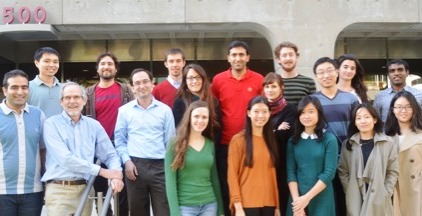
Massachusetts Institute of Technology group
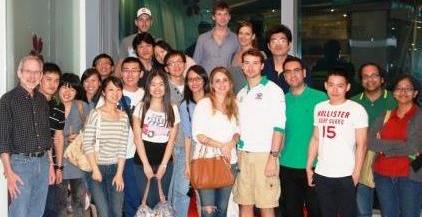
SMART BioSyM Singapore group
Biological machines /microfludics
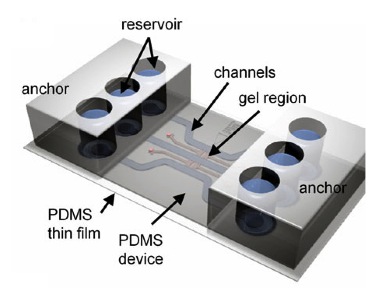
Wan C.R., Chung S., Kamm R.D. (2011) �Differentiation of embryonic stem cells into cardiomyocytes in a compliant microfluidic system.� Ann. Biomed. Eng.1840-7.
Angiogenesis / Vasculogenesis
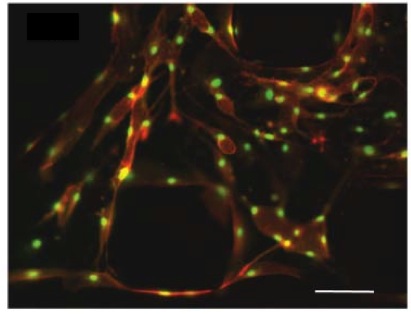
Vickerman, V., Blundo, J., Chung, S., and Kamm, R. (2008) "Design, fabrication and implementation of a novel multi-parameter control microfluidic platform for three-dimensional cell culture and real-time imaging." Lap Chip 8(9): 1468-1477.
Cancer
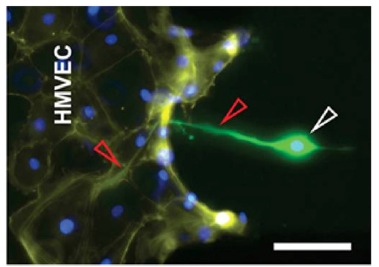
Zervantonakis I.K., Kothapalli C.R., Chung S., Sudo R., Kamm R.D. (2011) �Microfluidic devices for studying heterotypic cell-cell interactions and tissue specimen cultures under controlled microenvironments.� Biomicrofluidics. 5(1):13406.
Simulation and Modeling
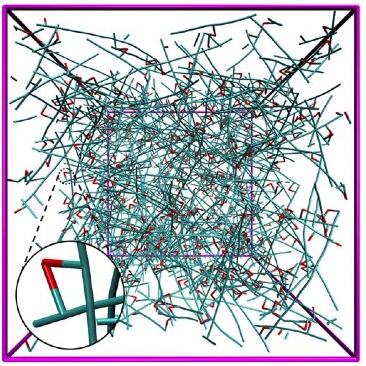
Kim T., Hwang W., Lee H., Kamm R.D. (2009). �Computational analysis of viscoelastic properties of crosslinked actin networks.� PLoS Comput. Biol. 5(7):e1000439.
